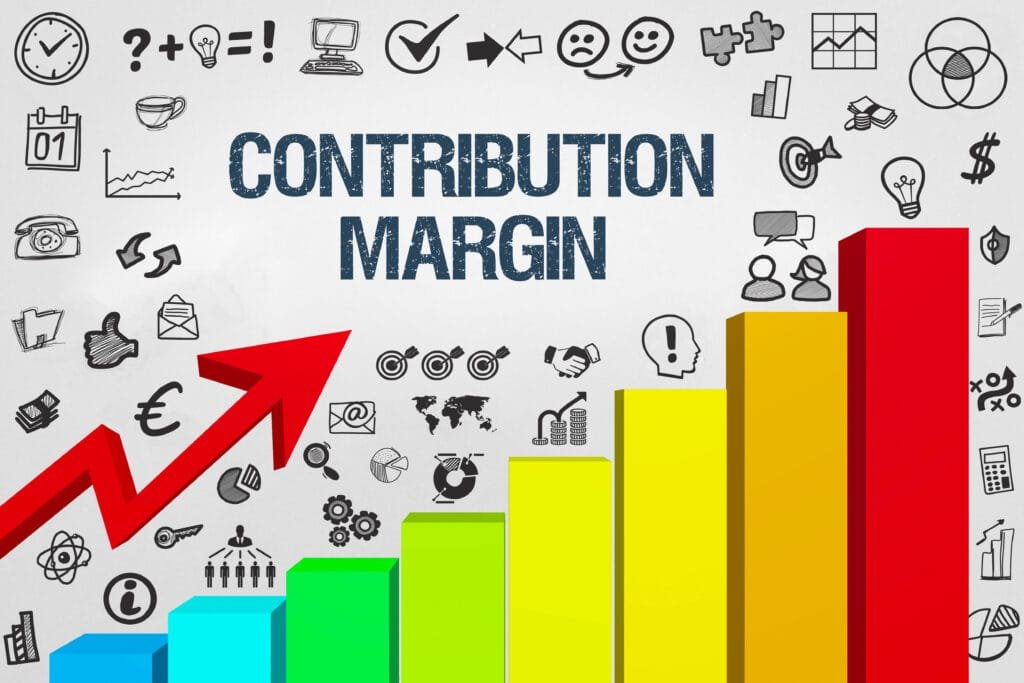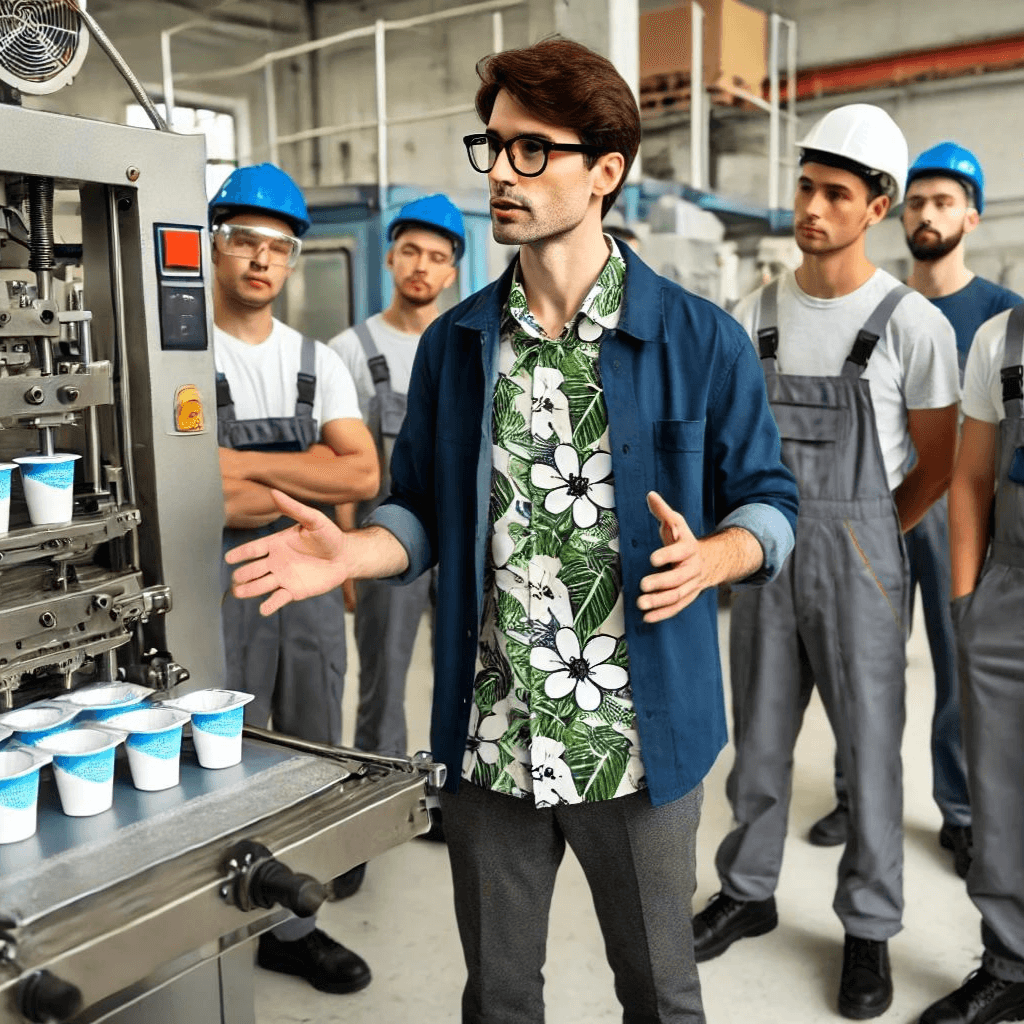Contribution Margin Thermoforming

Maximizing Contribution Margin Through Efficient Thermoforming Processes
Thermoforming is a pivotal manufacturing process used extensively in the production of plastic cups, packaging, and various other products. Its importance in the industry is underscored by its ability to produce large volumes of items with high precision and consistency. However, like any manufacturing process, optimizing thermoforming to maximize the contribution margin is crucial for maintaining profitability and competitiveness. In this blog post, we will explore how effective thermoforming practices can enhance the contribution margin, offering valuable insights for producers aiming to refine their operations.
Understanding Contribution Margin in Manufacturing
Before diving into the specifics of thermoforming, it’s essential to grasp the concept of the contribution margin. The contribution margin is the difference between the sales revenue of a product and its variable costs. This metric is vital as it indicates how much money is available to cover fixed costs and contribute to profit. For manufacturing firms, maximizing the contribution margin means increasing the efficiency of production processes, reducing waste, and enhancing product quality.
Enhancing Contribution Margin through Thermoforming
Investing in Advanced Machinery Advanced thermoforming machines, such as those from ILLIG, KIEFEL and other brands, offer high precision and efficiency. These machines can significantly reduce cycle times and minimize material waste, directly impacting the contribution margin. Companies should consider investing in modern equipment that offers better control, faster production rates, and lower energy consumption.
Optimizing Material Usage Efficient material usage is critical in thermoforming. Using the right type and thickness of plastic can reduce costs while maintaining product quality. Additionally, recycling scrap material and reintroducing it into the production process can further enhance material efficiency and reduce overall costs.
Implementing Quality Control Measures Ensuring consistent product quality reduces the likelihood of defects, returns, and rework, which can erode the contribution margin. Implementing rigorous quality control measures at various stages of the thermoforming process helps maintain high standards and minimizes waste.
Enhancing Workforce Training A well-trained workforce can operate thermoforming machinery more efficiently, reducing downtime and increasing productivity. Regular training sessions and workshops on the latest techniques and best practices can help employees stay updated and perform optimally.
Adopting Sustainability Practices Sustainable manufacturing practices not only contribute to environmental conservation but can also improve the contribution margin. Utilizing energy-efficient machines, reducing waste, and recycling materials can lower operational costs. Additionally, promoting sustainability can enhance a company’s brand image, potentially leading to increased sales.
Utilizing Data and Analytics Leveraging data analytics to monitor and optimize the thermoforming process can provide insights into areas of improvement. Analyzing production data helps identify bottlenecks, predict maintenance needs, and optimize resource allocation, all of which contribute to a higher contribution margin.
Conclusion
Maximizing the contribution margin through efficient thermoforming processes involves a multifaceted approach that includes investing in advanced machinery, optimizing material usage, implementing quality control measures, enhancing workforce training, adopting sustainability practices, and utilizing data analytics. By focusing on these areas, manufacturers can improve their profitability and maintain a competitive edge in the market. As the industry continues to evolve, staying abreast of technological advancements and best practices will be key to sustained success.
Incorporating these strategies not only boosts the bottom line but also ensures that the company remains resilient and adaptable in a dynamic market environment.


TRAINING
Unlock the Full Potential of Your Thermoforming Process with Expert Training
With our training, your staff will:
- Quickly identify and rectify errors
- Enhance operational efficiency
- Minimize downtime

OPTIMIZATION
Unlock the Full Potential of Your Thermoforming Process with Expert Training
By refining your thermoforming setup, we:
- Eliminate errors for smoother operations
- Boost overall performance
- Enhance product quality
- Minimize machine downtime

Share this blog article
